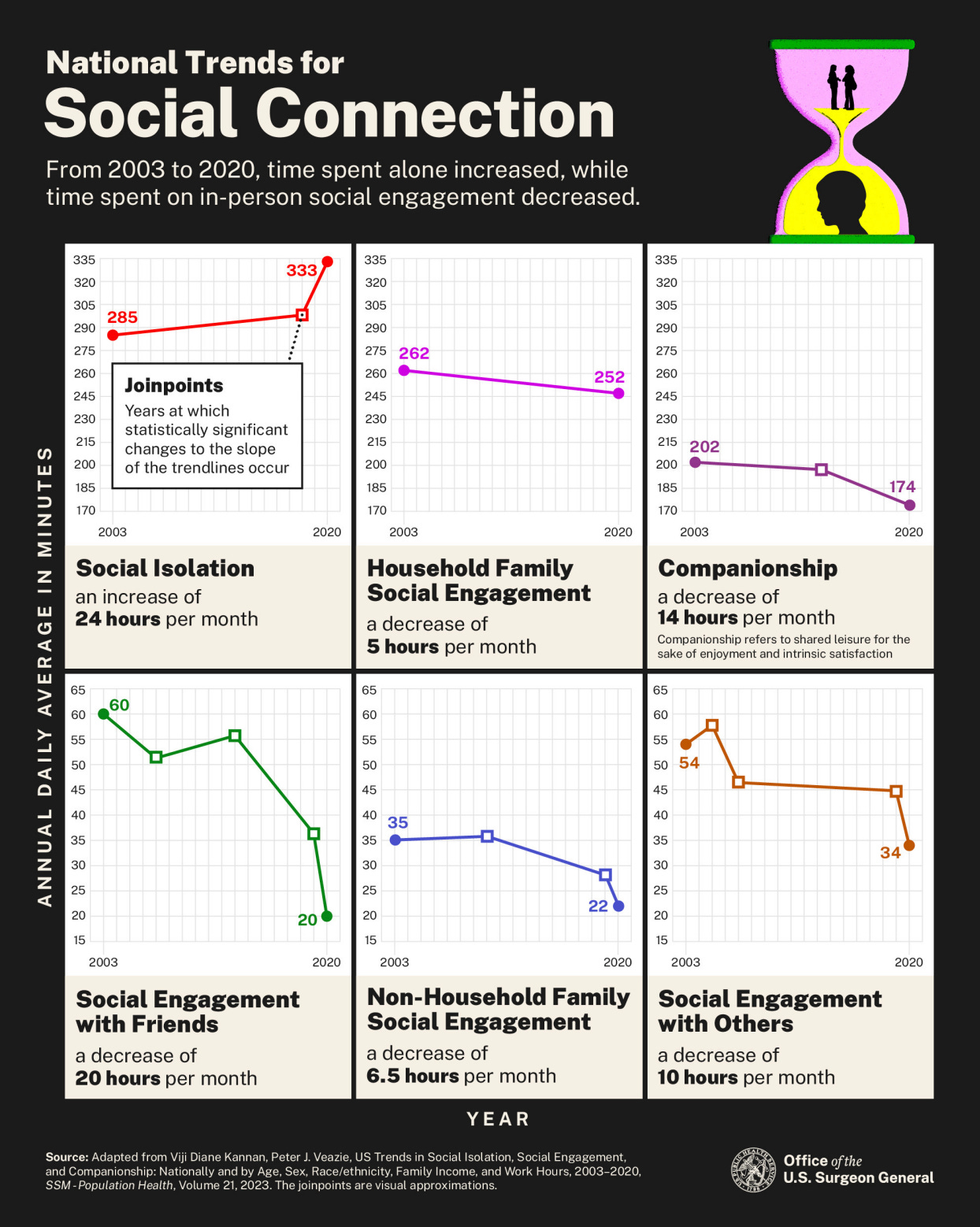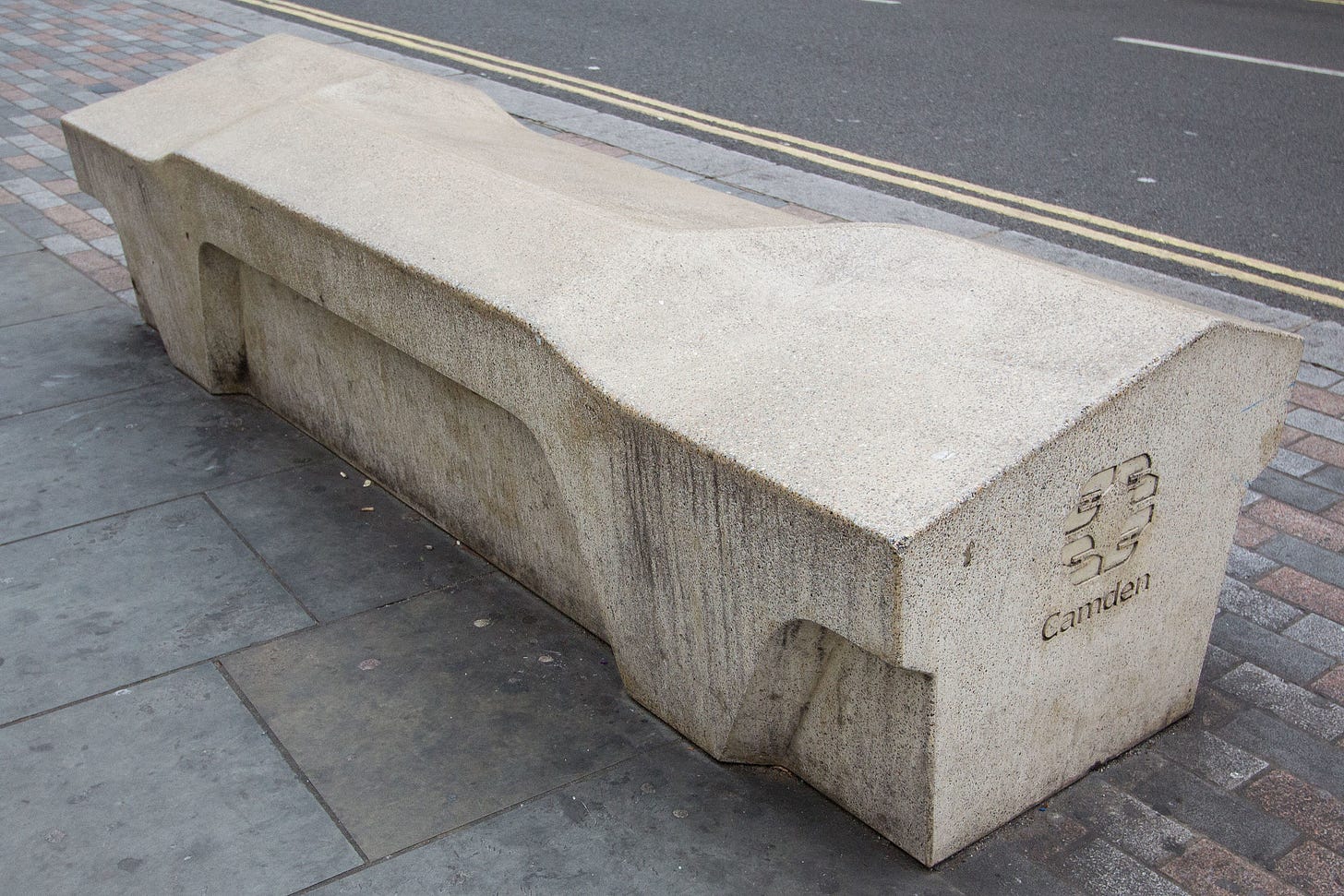Just Skimming | 5/14
A collage of my weekend news and information consumption. I hope you find it useful, informative, and even slightly entertaining
‘Dear Mama’
The film poster for the penetrating five-part FX docuseries “Dear Mama,” which charts the complex relationship between Afeni Shakur and her son, the rapper Tupac.
“And even as a crack fiend, Mama / You always was a black queen, Mama / I finally understand / For a woman it ain't easy tryin' to raise a man.”
— From Tupac Shakur’s 1995 song, “Dear Mama,” “the third hip-hop act ever (after Grandmaster Flash and the Furious Five’s ‘The Message’ and Public Enemy’s album, Fear of a Black Planet) to be placed in the Library of Congress.”
The last episode of a five-part FX docuseries on the complex relationship between Afeni and Tupac aired on May 12. A prominent member of the Black Panther Party, Afeni is often overlooked, but the film details her enormous impact on the thinking of her famous son. The film, directed by the brothers Albert and Allen Hughes, is streaming on Hulu.
An epidemic of loneliness
“Automat,” 1927, oil on canvas, by Edward Hopper. | Des Moines Art Center, Iowa
“Loneliness is far more than just a bad feeling—it harms both individual and societal health. It is associated with a greater risk of cardiovascular disease, dementia, stroke, depression, anxiety, and premature death. The mortality impact of being socially disconnected is similar to that caused by smoking up to 15 cigarettes a day, and even greater than that associated with obesity and physical inactivity. And the harmful consequences of a society that lacks social connection can be felt in our schools, workplaces, and civic organizations, where performance, productivity, and engagement are diminished.”
— Dr. Vivek H. Murthy, the 19th and 21st Surgeon General of the United States, in a letter that prefaces “Our Epidemic of Loneliness and Isolation: The Surgeon General’s Advisory on the Healing Effects of Social Connection and Community.” The report says around half of U.S. adults “report experiencing loneliness, with some of the highest rates among young adults.”
Page 47 of the report promotes a six-pillar strategy “to advance social connection” that includes strengthening infrastructure in local communities (i.e., by “designing the built environment to promote social connection”), developing a national research agenda into loneliness and expanding public health surveillance related to loneliness, among others.
Screenshot of a graphic inside chapter 1 of the Surgeon General’s report on loneliness.
— —
“I’d been lonely before, but never like this. […] I knew what I looked like. I looked like a woman in a Hopper painting. The girl in Automat, maybe, in a cloche hat and green coat, gazing into a cup of coffee […]”
— From Olivia Laing’s “The Lonely City: Adventures in the Art of Being Alone,” which documents the author’s mid-thirties while living in New York City, where “she found herself inhabiting loneliness on a daily basis. Increasingly fascinated by this most shameful of experiences, she began to explore the lonely city by way of art. Moving fluidly between works and lives — from Edward Hopper's Nighthawks to Andy Warhol's Time Capsules, from Henry Darger's hoarding to the depredations of the AIDS crisis — Laing conducts an electric, dazzling investigation into what it means to be alone, illuminating not only the causes of loneliness but also how it might be resisted and redeemed.”
— —
A Camden bench outside Freemasons' Hall on Great Queen Street, London. In her 2021 book “The Lonely Century: How to Restore Human Connection in a World That’s Pulling Apart,” author Noreena Hertz writes that the bench, designed to be uncomfortable so as to preempt the act of sitting, especially among the homeless, is an example of “hostile architecture,” or “urban design with a focus on exclusion, design that inhibits community and tells us who is welcome and who is not.” | Creative Commons/Wikipedia
“[Loneliness is] about feeling unsupported and uncared for by our fellow citizens, our employers, our community, our government. It’s about feeling disconnected not only from those we are meant to feel with but also from ourselves. It’s about not only lacking support in a social or familial context but feeling politically and economically excluded as well. I define loneliness as both an internal state and an existential one — personal, societal, economic and political.”
— From Noreena Hertz’s “The Lonely Century: How to Restore Human Connection in a World That’s Pulling Apart.” She writes that the problem of loneliness had become so significant in the United Kingdom by 2018 that the prime minister appointed a Minister for Loneliness. And in Japan, crimes committed by senior citizens have quadrupled over the last 20 years due, in part, because many seniors see jail “as a way of creating for themselves a ‘community that [they] can’t get at home.’”
Nowhere to go but Downtown?
A screenshot of a page in the May 13 Chicago Sun-Times showing a visual map of Chicago’s “places of amusement,” which are concentrated “in and around Downtown.”
“A WBEZ analysis of active business licenses in Chicago found establishments that might be considered suitable for teens — like skating rinks, bowling alleys, arcades and escape rooms, among others — are licensed as ‘public places of amusement’ or as children’s services facilities that provide ‘amusement devices for children.’ Public places of amusement also include adult venues, such as some bars and nightclubs. The vast majority of these businesses are located in the Loop or nearby communities.”
— From a May 12 Chicago Sun-Times article that analyzes the number of “public places of amusement” in Chicago in the wake of last month’s so-called “teen takeovers.” A map of the data shows Austin — a predominantly Black and low-income community of around 100,000 people —with just four public places of amusement within its borders. Nearby Lake View, which is nearly 80% white and where roughly four-fifths of the population has at least a bachelor’s degree, there are more than three dozen.
Mayor-elect Brandon Johnson has “vowed to expand the city’s summer jobs program for young people. Academics and advocates have highlighted that such efforts sometimes miss youth who need work the most — young people of color, particularly Black youth, and those who are not enrolled in school.”
— —
The Black jobless rate for 20- to 24-year-olds in Chicago increased from
2019 and 2020, going from 43.7 percent to 55.8 percent and continuing to increase to 57.4 percent in 2021 while the White and Hispanic or Latino jobless rates decreased from 2020 to 2021
— From a data brief released this month, “Impact of COVID-19 Pandemic on Youth and Young Adult Employment in Chicago, Illinois, and the U.S.,” by the Great Cities Institute at the University of Illinois at Chicago.
Screenshot of a graphic from “Impact of COVID-19 Pandemic on Youth and Young Adult Employment in Chicago, Illinois, and the U.S..”
Before Johnson, there was Cermak
A screenshot of a Chicago Daily Tribune newspaper clipping from April 8, 1931, announcing news of Anton J. Cermak’s election as a Chicago mayor.
“He doesn’t like my name […] It is true that I didn’t come over on the Mayflower, but I came as fast as I could.”
— The 44th Chicago Mayor Anton Cermak, the last West Sider to become the city’s mayor before Brandon Johnson (who will be sworn in tomorrow at 10:30 a.m.), in response to his Republican challenger, William Hale Thompson, “the last Republican mayor of Chicago and the last WASP.” In the 1931 election, Thompson mocked Cermak’s immigrant status. Cermak was born May 9, 1873, in what’s now the Czech Republic.
On Feb. 15, 1933, a man attempting to assassinate President Franklin D. Roosevelt shot Cermak instead. The mayor reportedly told the president: “I'm glad it was me, not you.” Cermak died on March 6, 1933 and the quote is engraved on his tomb.









